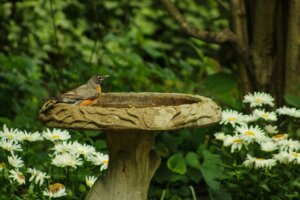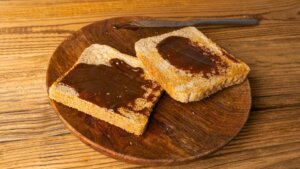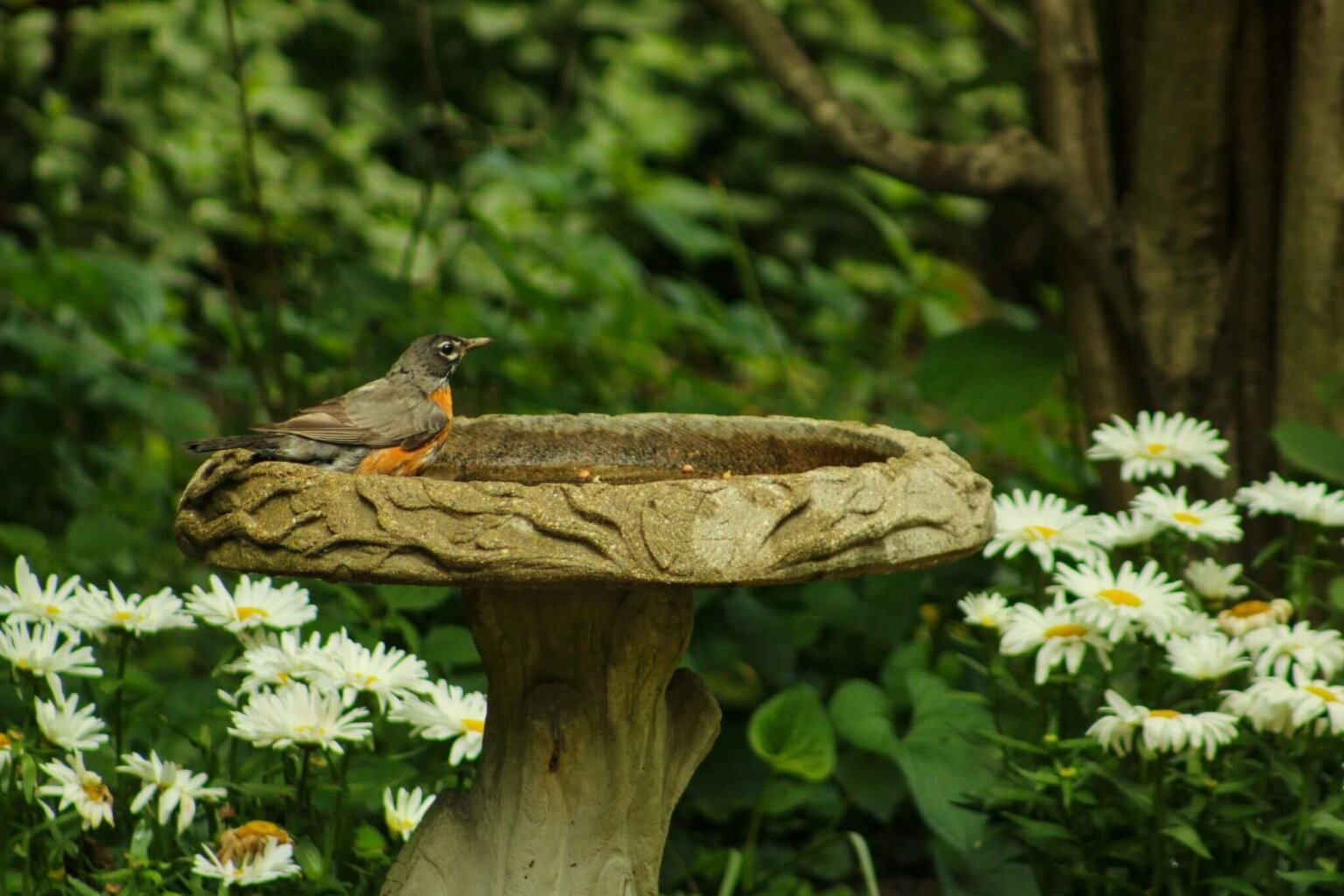Products are selected by our editors, we may earn commission from links on this page.
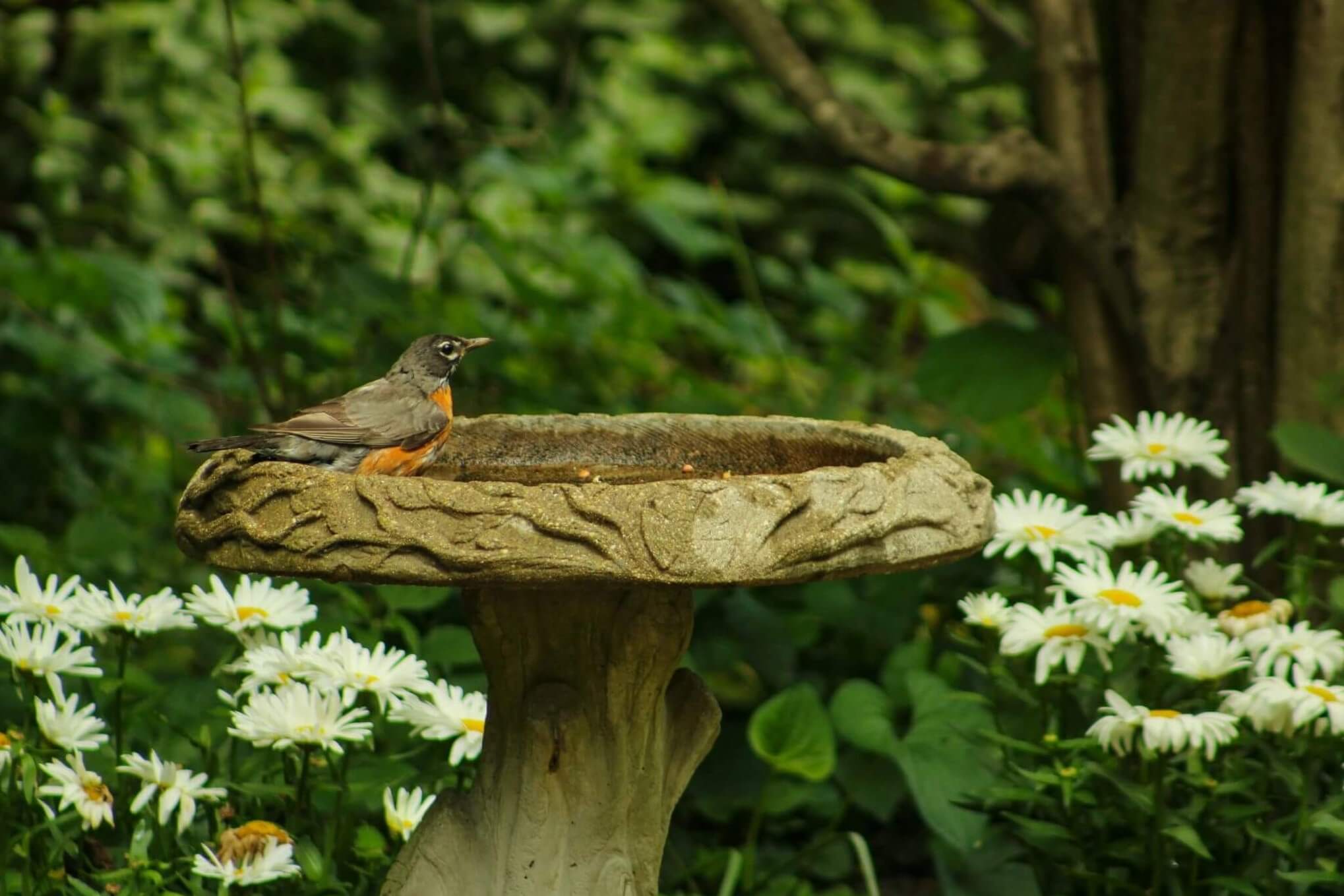
There’s something magical about watching birds splash and drink in your backyard birdbath; it turns your outdoor space into a lively, feathered paradise. But even with the best intentions, it’s easy to make mistakes that could keep birds away or even put them at risk.
From choosing the right birdbath to keeping it clean, small missteps can have big consequences for your local bird population. Don’t worry; once you know what to watch for, it’s simple to make your birdbath a safe, welcoming spot that birds will love.
Know Your Local Birds First
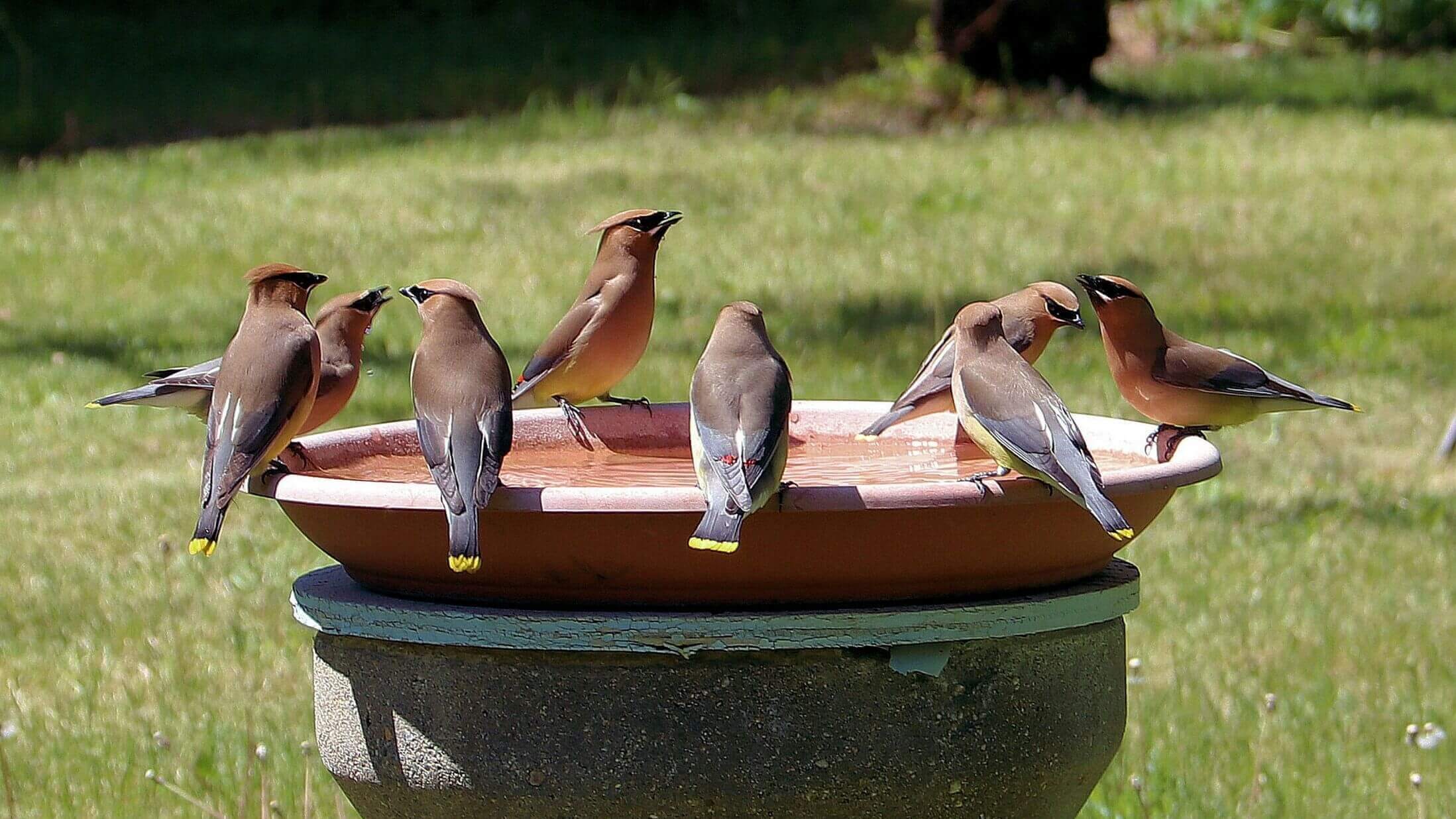
Before you rush to set up a birdbath, take time to learn which birds live in your area or are likely to visit. Some species prefer shallow water, while others may avoid birdbaths altogether if they feel unsafe.
Knowing your neighborhood birds helps you pick the best type of bath and place it in a way that attracts them. A little research can also clue you in on when birds are most active in your area, ensuring your efforts pay off.
Choosing the Wrong Birdbath
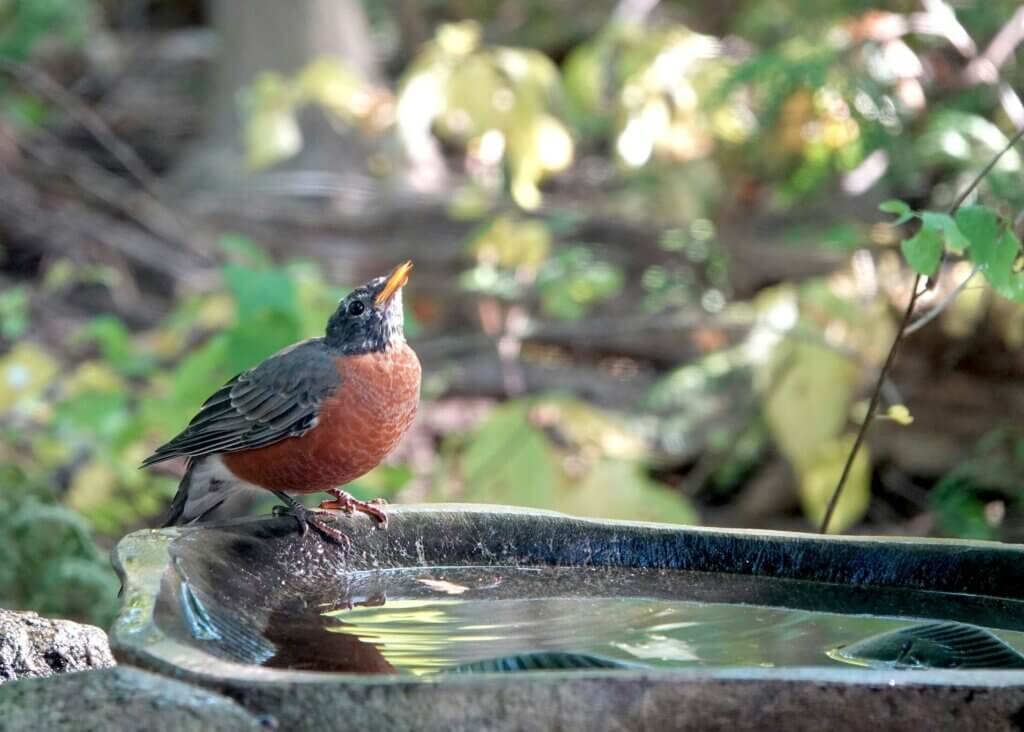
Grabbing the first birdbath you see at the store can backfire. Birds need a shallow, gently sloping basin, ideally no more than 1 inch deep at the edges and up to 2 inches at the center, so they can wade safely.
Materials matter too: concrete, ceramic, or metal are durable but should have a rough texture so birds can grip the surface. Avoid baths that are too deep or have steep sides, as they can deter or even endanger smaller birds.
Not Adding Variety Around the Birdbath
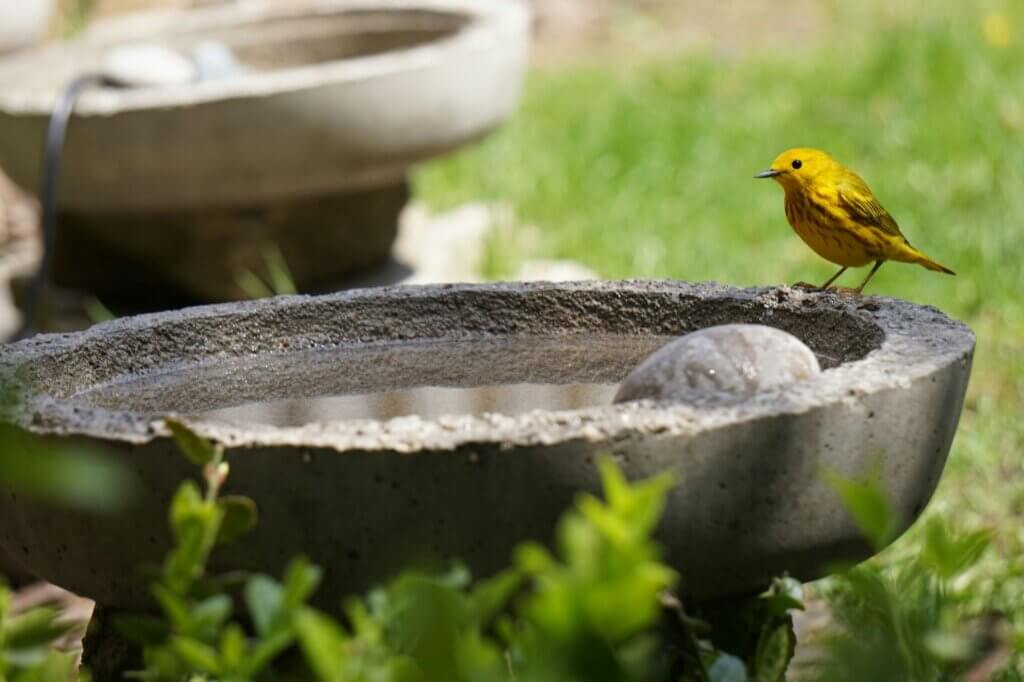
A bare birdbath in the middle of your yard can feel exposed to birds. Adding nearby shrubs, small trees, or tall grasses gives birds a quick escape if predators approach. Plus, perches and natural cover make them feel more comfortable visiting your bath.
Variety also means placing more than one birdbath around your yard; multiple options spread out across your space can reduce crowding and give different species their own safe spot. Think of it as landscaping and planning for safety. More variety means more visitors.
Placing the Birdbath in the Wrong Spot
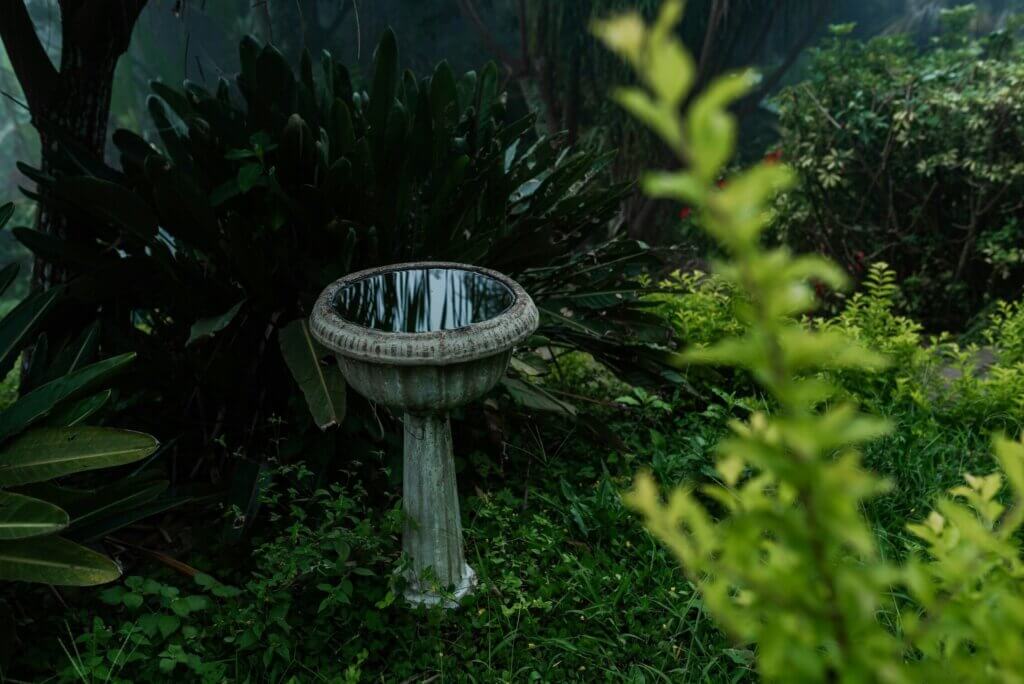
Where you put your birdbath can make or break its success. Birds prefer open areas where they can easily see approaching predators but still have cover nearby. Avoid placing it right next to thick bushes where cats can hide. A sunny spot helps keep algae growth under control, but partial shade can prevent the water from heating up too quickly in summer.
Picking Unattractive Colors
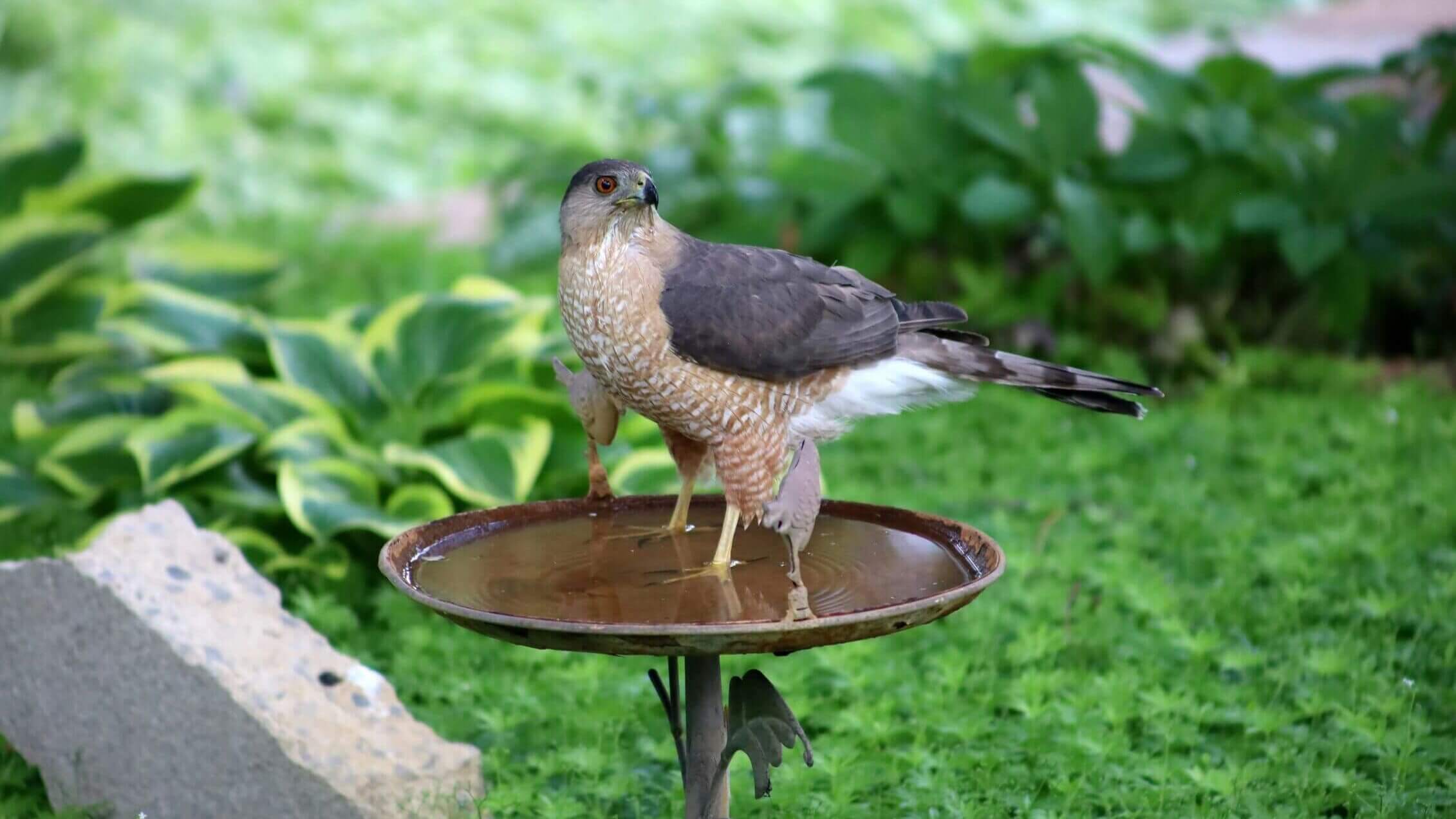
Birds see color differently than we do, and they’re drawn to silver, blue, and green hues. Choosing a birdbath in these colors can help catch their attention from afar. Bright white or red might not be as appealing or could even scare off some species, so opt for shades that blend naturally with your garden but still pop for your feathered friends.
Skipping Regular Cleaning
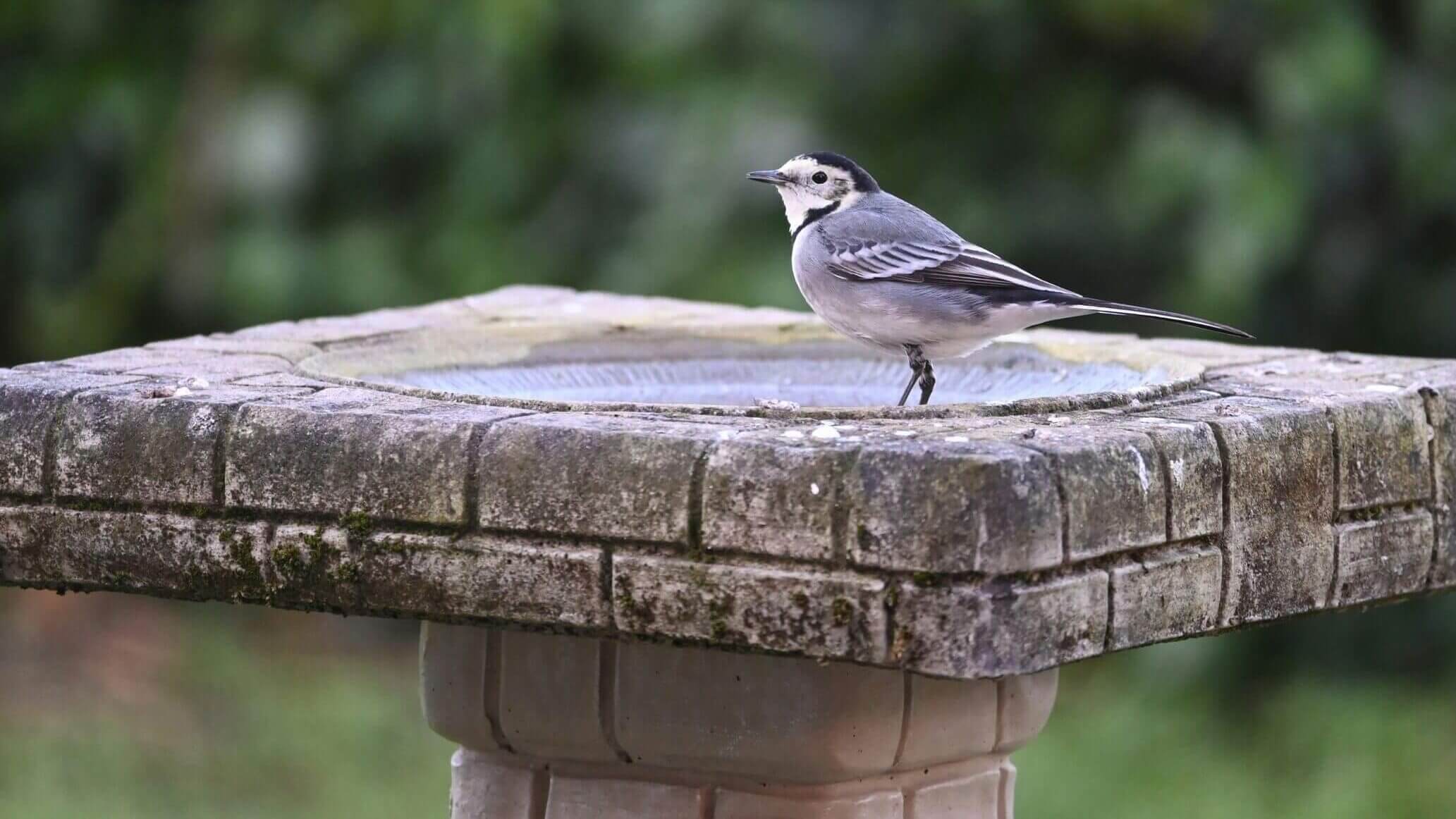
Dirty water is a breeding ground for algae, bacteria, and mosquito larvae, which can harm both birds and humans. Scrub your birdbath with a stiff brush and rinse thoroughly at least once a week. Avoid harsh chemicals; a solution of one part white vinegar to nine parts water works well and is safe for birds.
Not Replacing Water Frequently
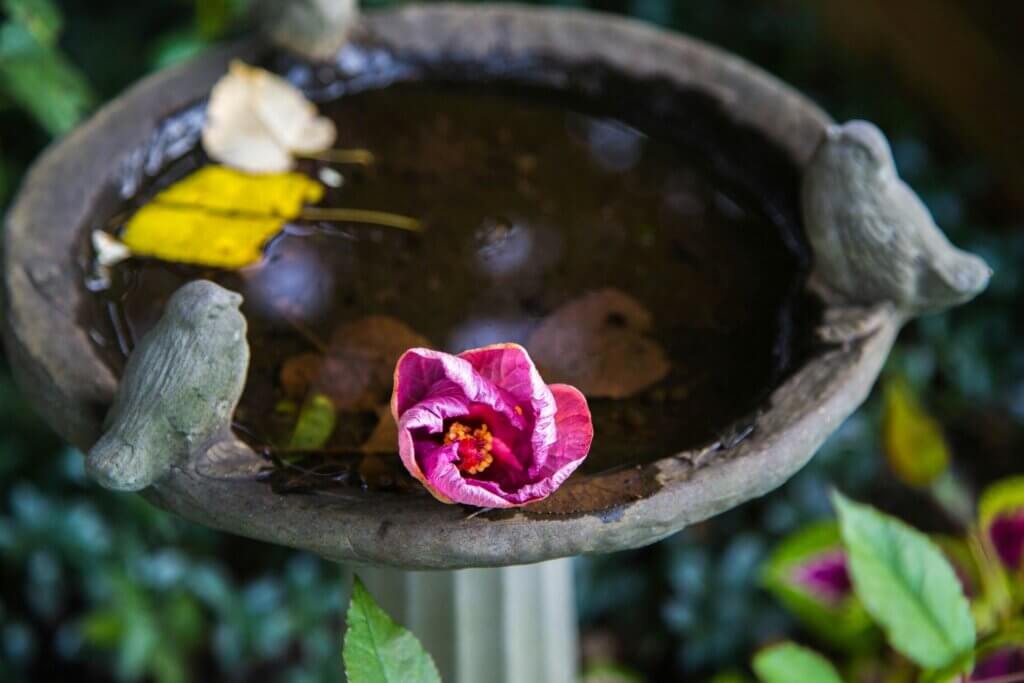
Stagnant water can quickly become contaminated or evaporate, leaving behind dirt or droppings. Refill your birdbath with fresh water every day or two, especially during hot weather. Regularly changing the water keeps birds healthy and your bath inviting.
Neglecting Your Birdbath in Winter

Many people pack up their birdbaths when it gets cold, but birds need fresh water year-round. Consider a heated birdbath or add a safe birdbath heater to prevent freezing. Never use antifreeze or chemicals to keep water liquid, for these are toxic to birds.
Using Pesticides Near Your Birdbath
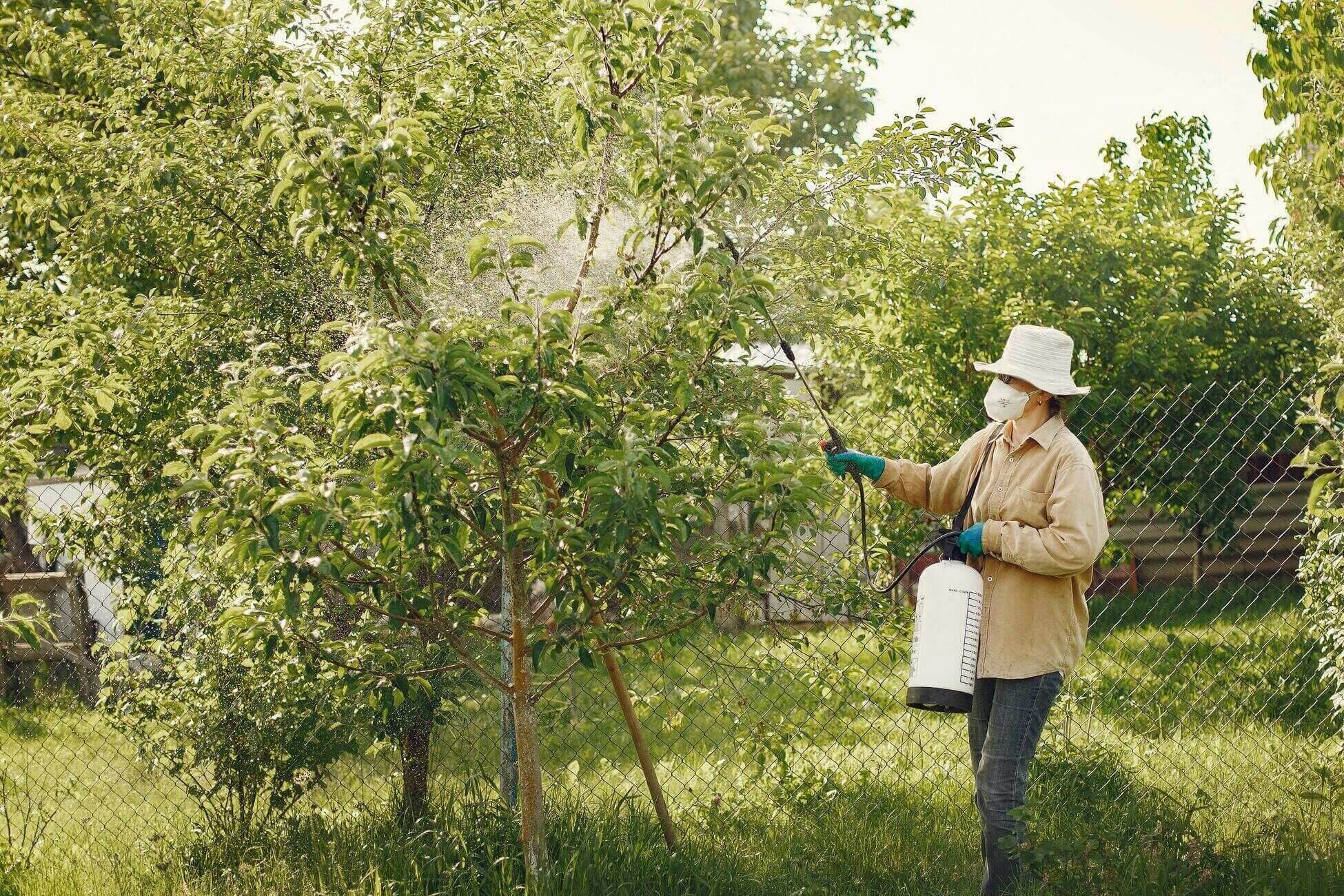
Even if you don’t spray directly into the bath, pesticides on nearby plants can wash into the water when it rains. These chemicals are harmful to birds and other wildlife. Use organic or natural pest control methods in your garden and avoid applying anything near your birdbath.
Allowing Cats to Roam Near the Birdbath
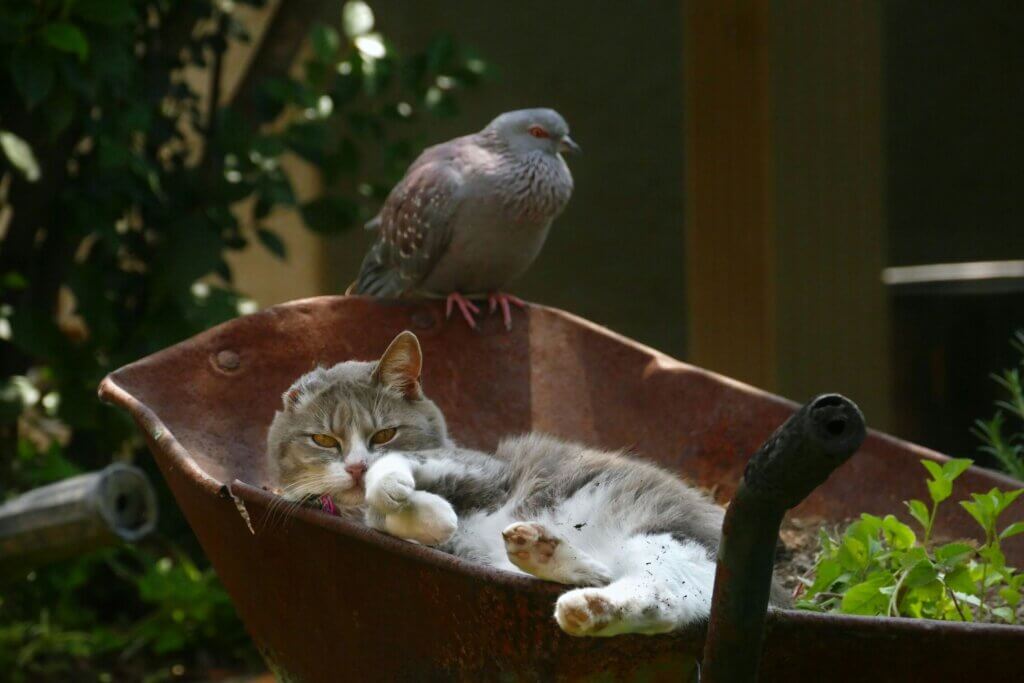
Cats may be cute, but they’re also skilled hunters and pose a serious threat to birds. If you feed outdoor cats, set up their feeding stations far away from your birdbath to keep birds safe. For your pets, keep cats indoors or supervise them if they go outside. Discouraging cats from the birdbath area protects visiting birds from potential harm.
Create a Safe Haven for Feathered Friends
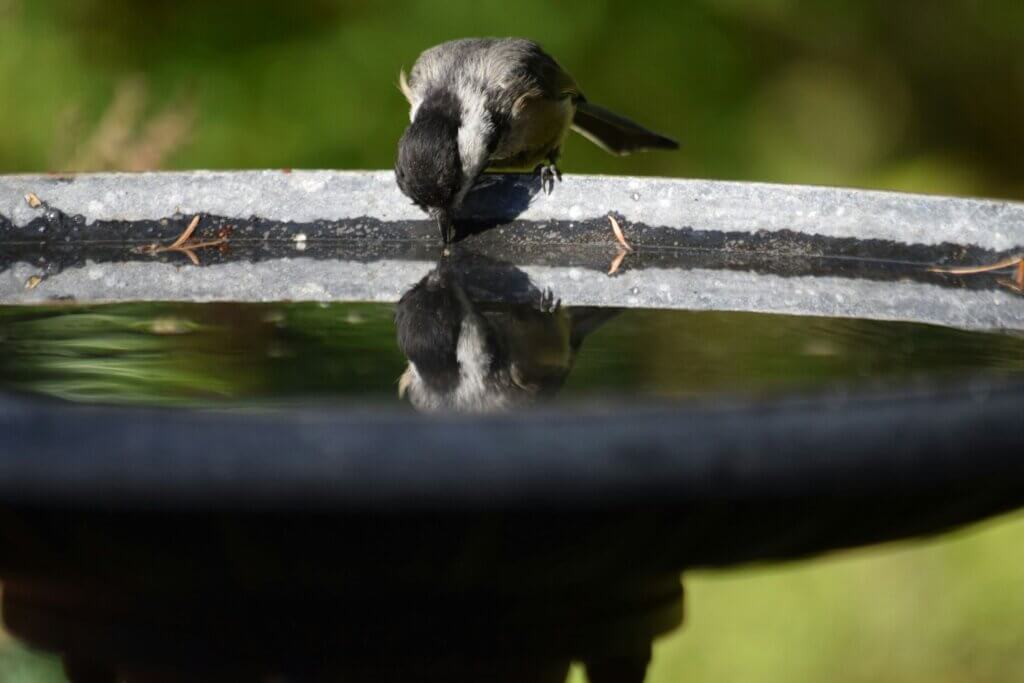
A birdbath can turn your yard into a sanctuary where birds can hydrate, bathe, and thrive, but only if you avoid common mistakes. By choosing the right birdbath, placing it thoughtfully, and keeping it clean, you’ll make your outdoor space irresistibly inviting.
Remember, small details like nearby cover and fresh water go a long way toward keeping your backyard guests happy. With just a little care, your birdbath can become a favorite stop for birds all year long.
